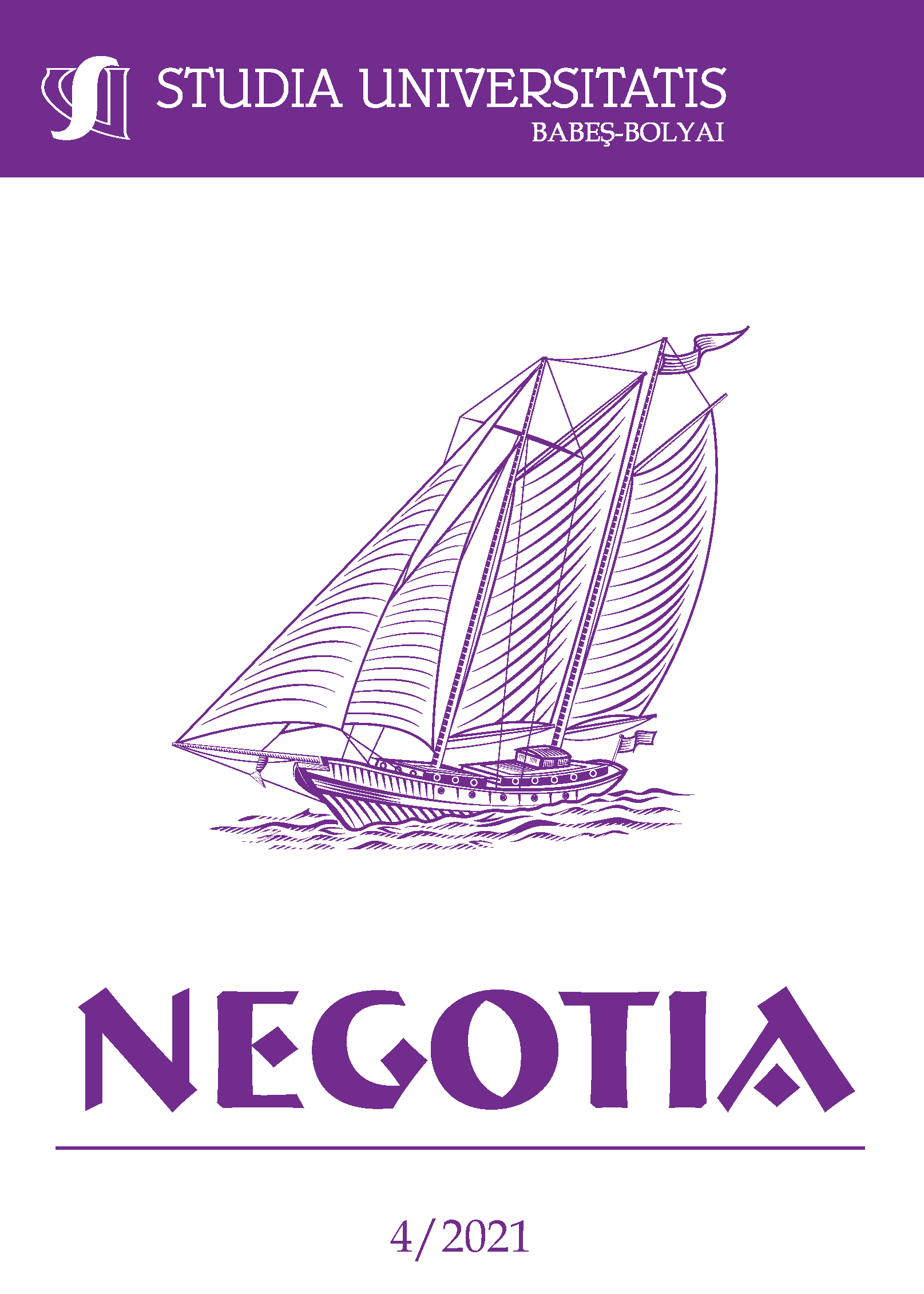CONSUMERS’ PERCEPTION: DISCOVERING THE “LAW OF ATTRACTION” IN ART USING EYE-TRACKING
CONSUMERS’ PERCEPTION: DISCOVERING THE “LAW OF ATTRACTION” IN ART USING EYE-TRACKING
Author(s): Florina-Gabriela Mitu, Marius BotaSubject(s): Visual Arts, Marketing / Advertising, ICT Information and Communications Technologies
Published by: Studia Universitatis Babes-Bolyai
Keywords: eye tracking; observation; art; artwork analysis; paintings;
Summary/Abstract: Today, due to new technologies and seeing the tenacity with which the branch of scientific research, especially neuromarketing, advances, it is easy to understand how they have managed to bring together topics such as fine arts and eye-tracking technology. Not only did they end up with amazing results, but those results were in line with the expectations created from the very beginning by researchers from these industries and beyond. Therefore, using eye-tracking as a market research tool, it is possible to directly track and measure the observable behavior of a visual arts consumer, analyzing both his visual attention and his eye movements. The data collected for this study resulted from the exploratory research, which involves the review of several articles and specialized studies regarding the eye-tracking subject and also from the qualitative research, represented by an in-depth interview with both Romanian art consumers and artists. It has implemented an eye-tracking test, also to gather the primary data for this present study, a tool that was available on an online platform named GazeRecorder. The results illustrate the extent to which attention and the decision-making process (to purchase a painting) affect and influence how the information present in the work of fine art is related to the composition and elements that support the artwork itself. Thus, these results, not only can help analyze a painting in a much more efficient way but can also be incorporated in the future into consultancy services for artists or may represent the basis of a more appropriate and attractive form of education in art.
Journal: Studia Universitatis Babes Bolyai - Negotia
- Issue Year: 66/2021
- Issue No: 4
- Page Range: 19-44
- Page Count: 26
- Language: English

